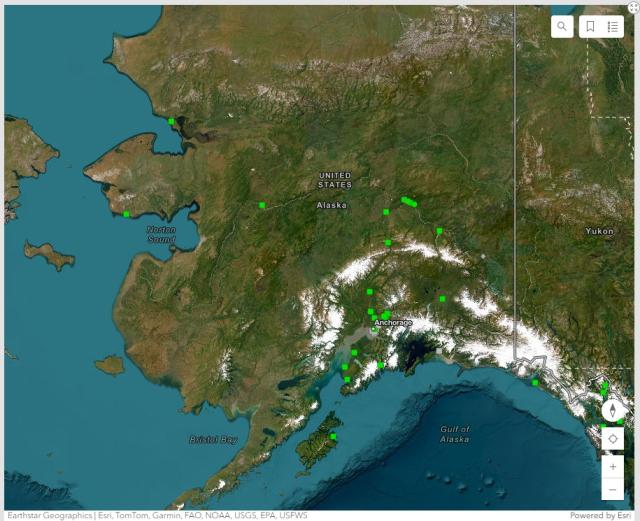Related Stories
- BLM Recreation Sites Available to All: Exploring Accessibility on Alaska’s Public Lands
- A boatload of recreational opportunities
- Exploring the Campbell Tract Special Recreation Management Area: Flora, fauna, and volunteer opportunities
- Far more than a few beavers
- Love letters from our public lands: Wolf Run Cabin



